The dirty secret of the higher-ed industry is the high rate at which students drop out of college. The six-year graduation rate for full-time, in-state students entering Virginia’s public four-year institutions in 1995 was 60%, implying a drop-out rate of 40%, according to State Council of Higher Education for Virginia (SCHEV) data.
After Virginia institutions made strenuous efforts to improve performance, the rate increased to 73% for the 2015 entering class — a big improvement. But there is still a long way to go — and it’s not yet clear from the published data what impact the COVID pandemic had on completions.
(The University of Virginia has the highest six-year graduation rate of any public university in the country: 92.1% at last count. But the rate varies by race/ethnicity and socioeconomic status. See the following post for details.)
A high drop-out rate is a major social issue. Thousands of Virginia students spend tens of thousands of dollars, often borrowed, on tuition, fees, room, and board without ever acquiring a credential to improve their job prospects. Recognizing the problem, SCHEV has issued a report, “What Matters Most,” which explores how Virginia higher-ed can get better results.
The report contains some useful perspectives. But, as one might expect from a document compiled with input from university administrators with vested interests and sacred cows to protect — deans of students, vice presidents of student affairs, vice presidents of admissions, student support services administrators, and unspecified “subject matter experts” — it has blind spots as well. Continue reading

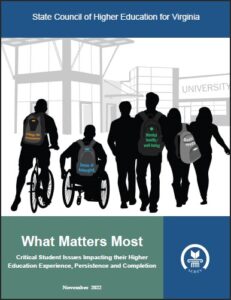
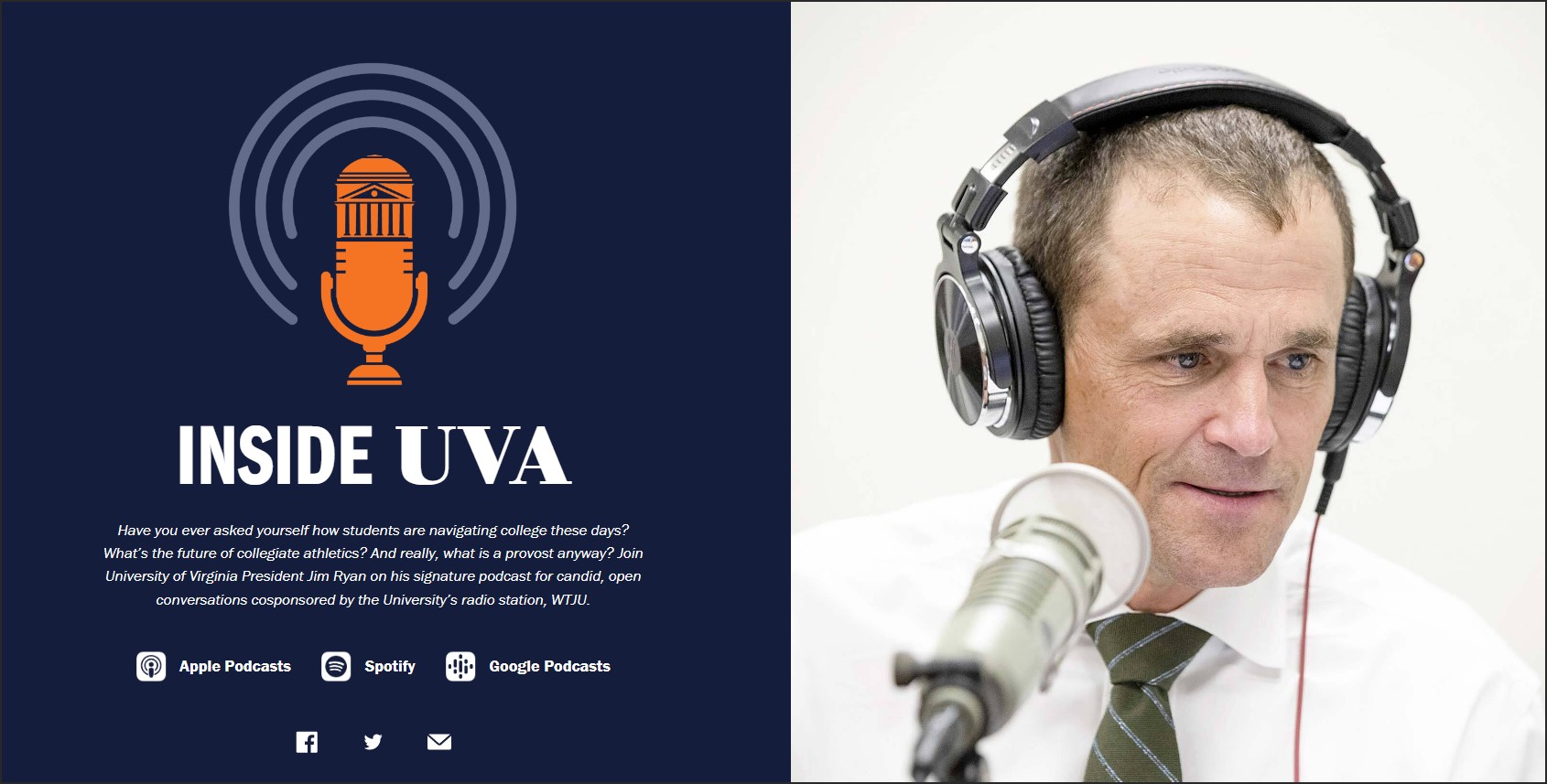
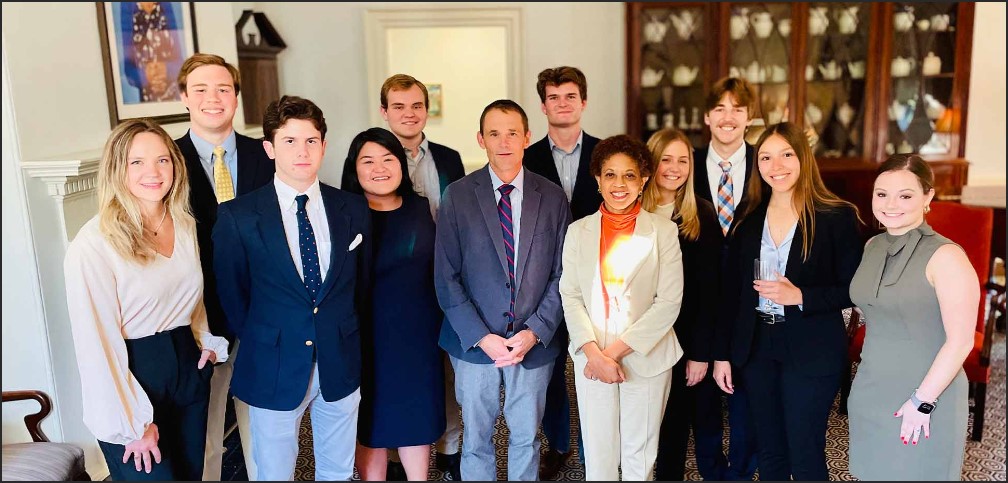
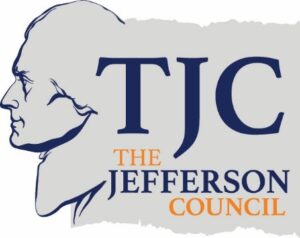
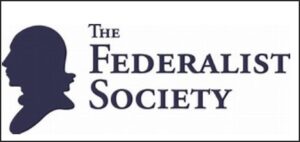 by James A. Bacon
by James A. Bacon

